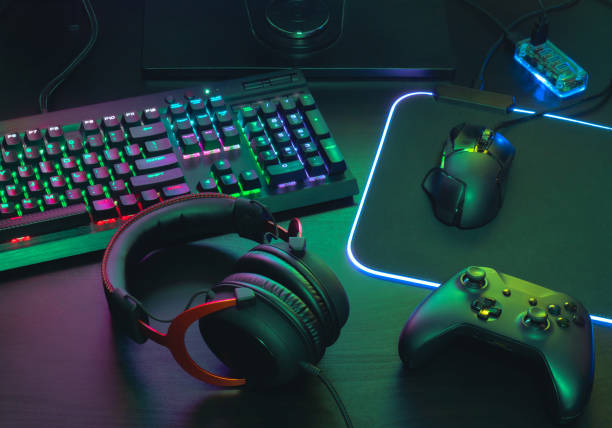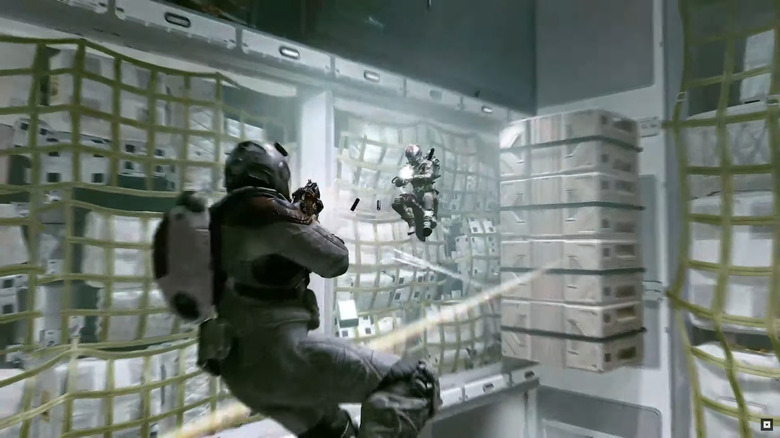Controls:

How a player interacts with the game, which can include using a keyboard and mouse, a game controller, touch screen, or even motion-sensing devices like a Wii remote or VR hand controllers. Mechanics: The rules and systems that govern the game, such as movement, combat, item management, and progression.
Objectives and Goals:
Gameplay often revolves around specific objectives or goals that players must accomplish. These goals can be as simple as reaching the end of a level or as complex as solving intricate puzzles, defeating challenging foes, or completing quests.
Challenges:
Challenges add complexity and excitement to gameplay. These can come in the form of enemies, obstacles, puzzles, or even other players (in multiplayer games). Overcoming challenges often provides a sense of accomplishment and progression.
Game Mechanics:
These are the fundamental rules that govern how a game operates. Examples include physics (how objects move and interact in the game world), resource management (collecting items, ammunition, or currency), and progression (unlocking new abilities, areas, or content).
Feedback:
Feedback in gameplay refers to the game's responses to a player's actions. This includes visual and auditory cues, such as gaining points, receiving a power-up, or hearing a sound when you complete a task or solve a puzzle. Effective feedback enhances the player's experience and keeps them engaged.
Immersion:
Gameplay aims to immerse players in the game world. This is achieved through graphics, sound, and narrative elements that create a sense of presence within the game.
Player Choices:
Many games offer players choices that impact the game's storyline or outcome. These choices can range from dialogue options in role-playing games to strategic decisions in real-time strategy games.
Progression and Rewards:
Players are often rewarded for their accomplishments with points, in-game currency, new equipment, or other incentives. Progression is crucial as it motivates players to continue and challenges them to improve.
Skill Development:
Some games require players to develop skills over time. For example, in a first-person shooter game, a player's aim and reflexes may improve with practice.
Social Interaction:
Many modern games incorporate multiplayer elements, enabling players to compete or cooperate with others. This adds a social dimension to gameplay, fostering a sense of community and competition.
Player agency refers to the player's ability to make meaningful decisions in the game. This agency can manifest in various ways, from moral choices in role-playing games to strategic decisions in real-time strategy games. In essence, gameplay is what differentiates games from other forms of entertainment. It's the dynamic, interactive, and often immersive experience that players engage in while navigating the virtual worlds created by game developers. Whether it's the rush of a high-speed race, the thrill of a well-executed headshot, or the satisfaction of solving a challenging puzzle, gameplay is the heart and soul of video games.












